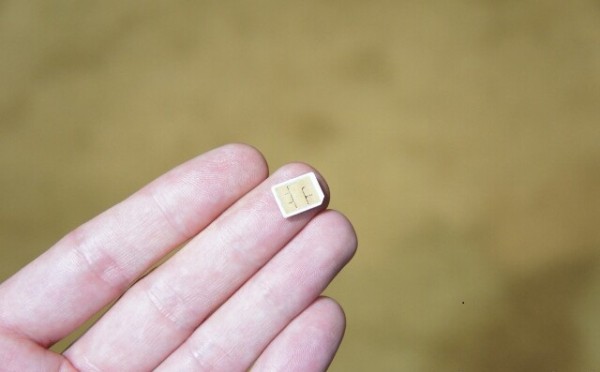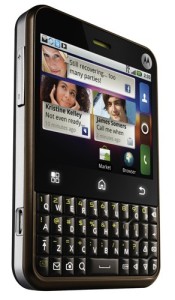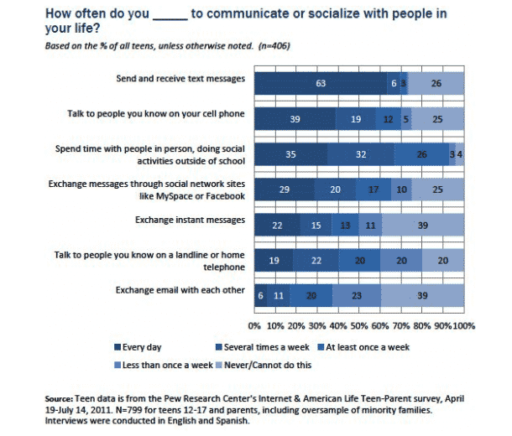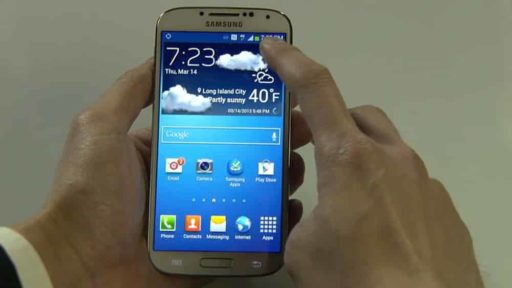Apple, Nokia, Motorola Mobility and RIM, among other notable companies, have been locked in a battle for quite some months now. The battle was related to the fact that European Telecommunications Standards Institute was trying to finalize the new standard for ‘nano-SIM’ design, the next generation of SIM card.
As it turned out, Apple came up with its own design while Nokia, leading Motorola as well as RIM, was on the other side of the camp with a design of its own. It was alleged earlier that Apple was trying to win over votes by influencing the whole process.
In the end, the votes cast by members of ETSI would have decided the question that whose design should be selected as the new standard. Now, it has been formally announced that Apple’s nano-SIM design has been finally selected as the official standard for the next-generation SIM cards.
Apple’s proposed design for the nano-SIM card will make SIMs 40 percent smaller than their present-generation counterparts! The new nano-SIM card will measure 12.3 mm in width, 8.8 mm high and a mere 0.67 mm thick.
This could have huge significance for smartphone vendors too since a much smaller SIM card will enable them to produce smaller, slimmer smartphone devices. While Apple’s design has been selected by the committee, we are not sure if its the original design proposed by Apple or a slightly tweaked version of it which was eventually introduced by RIM.
RIM’s tweaked design proposed a notch on one edge of the original Apple design. This notch, RIM argued, would be helpful in keeping the SIM card in its place.
It is quite natural that these major tech companies have been vying to be considered for the nano-SIM standard. This is because by having their design selected as standard, they will be able to have a huge sway on a lot of telecom-related things. This is precisely why Apple was so eager in having its design selected that it offered to give it away for free!
Source: Apple Insider
[ttjad keyword=”social-media-samrtphones”]





It is quite natural that these major tech companies have been vying to be considered for the nano-SIM standard.
Telecommunications Standards Institute was trying to finalize the new
standard for ‘nano-SIM’ design, the next generation of SIM card.